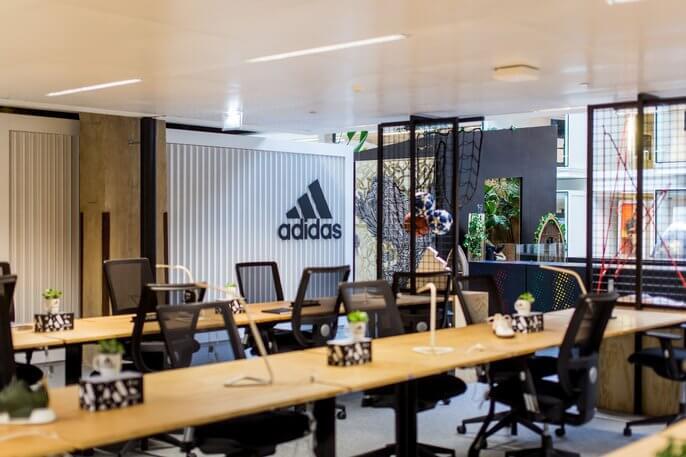![]()
In recent years, the value of stock buybacks has come into question. Discover what the pros and cons of stock buybacks are.
Source: Are Stock Buybacks a Good Thing or Not?
In 2017 I wrote this article:
Explaining why adidas was growing as Under Armour was declining. This morning I was answering a question about the stock market, which is not my forte and I would direct anyone with questions to Susquehanna, and my quick answer was, “The stock market and being public is a damn lifeline of stupidity because people want to hold on to their money, what’s left of it, so they will prop it up and as long as they are trading the company has money. Not as much, but that offsets the things we look at like sales and connection to the consumer.”
This response was about why Under Armour’s share price didn’t drop more after they tapped their line of credit. Under Armour announced they were making masks and apparel for first responders in the Baltimore area and the stock market held steady for the brand. While it’s obvious the company has lost considerable value with the decrease in share price, the fact that shareholders didn’t see the line of credit as a major red flag leading to more sales of shares is confusing, but this isn’t about UA.
In the link post above I delivered a detailed discussion on why adidas was firing on all cylinders. To be honest I didn’t think it would continue, but after signing Beyonce and even after COVID-19 has caused uncertainty, the brand shares dropped to 166.92 on March 18th and today it sits at 206.35 which is amazing, but when you consider that the Ivy Park launch pushed adidas to 316.05/share, the share price becomes an interesting discussion and confirms my statement that the stock market is a lifeline. It is also a marketing tool which can be used to create the impression of value.
In the source article company buybacks can be explained in two ways, good or bad. adidas committed to a tranche of buybacks that will end in 2021. adidas’ buybacks fall in the good category as they are doing so to provide dividends to shareholders.
In North America adidas has grown 10% in the last year. I wrote that adidas couldn’t sustain this growth, but I failed to understand that adidas found an opening and they have consistently filled a need for retail. As Nike continues to grow their direct-to-consumer/digital strategy, it provides an opportunity for other companies to work with retailers to deliver better brand experiences.
The irony is that in stores across the U.S. adidas is a back of the wall brand. Walk into Foot Locker’s across the country and you might find it hard to locate adidas footwear. It’s to the point that a Pharrell Hu launch is sitting on shelves almost 8 months after they released and certain Yeezy drops sit even after the launch date. That’s the premium end of footwear. At the low end adidas has long offered a bevy of releases that provide the consumer with inexpensive options for fashion. The Gazelle, Samba, Superstar and Stan Smith remain under 90 dollar gems for the brand. This still leaves the question of where is the growth arriving for adidas? Forbes reports that:
Targeting younger consumers help Adidas create instant sales cascades for new products. Like the cascade for NMD R1, which sold 400,000 pairs on launch day alone, and the cascade for Ultraboost, which sold 11,000 pairs in the first hour.
adidas has been outperforming Nike in growth:
For 2019, the German sportswear maker reported record earnings and revenues, driven by strong gains across all market segments. Especially in emerging markets, up 14%, Russia/CIS, up 3%, and North America, up 10%, and in Greater China, up 11%.
How has adidas continued to grow while not even garnering the front of the store at the largest retailer in the US in Foot Locker? How did the brand jump from 91 a share in 2017 to 316 at its highest point? These two things create a paradox. Is Beyonce worth 50-100/share? adidas doesn’t really have any brand heat beyond Yeezy and the recently released Ivy Park. Is there an underlying issue with the buybacks. Is adidas propping up its value? Is the international growth that valuable?
I wrote this post a month ago:
adidas GMR: Connecting Your Glitch Game to the Digital FIFA | An adidas Prediction for 2020
In this post I stated that 2020 would be very good for adidas. I also connected their decision to focus on performance as a positive. It seems that my questions and thoughts on adidas’ consistency should no longer exist. Has adidas become a machine like Nike? At 23 Billion and growing it definitely seems that way when only 5 years ago the company was hovering around 15 Billion. Maybe it’s adidas who deserves the coverage instead of a focus on the elegance of Nike’s CDO. What do you think?
This post is shared to be a catalyst for conversation.


